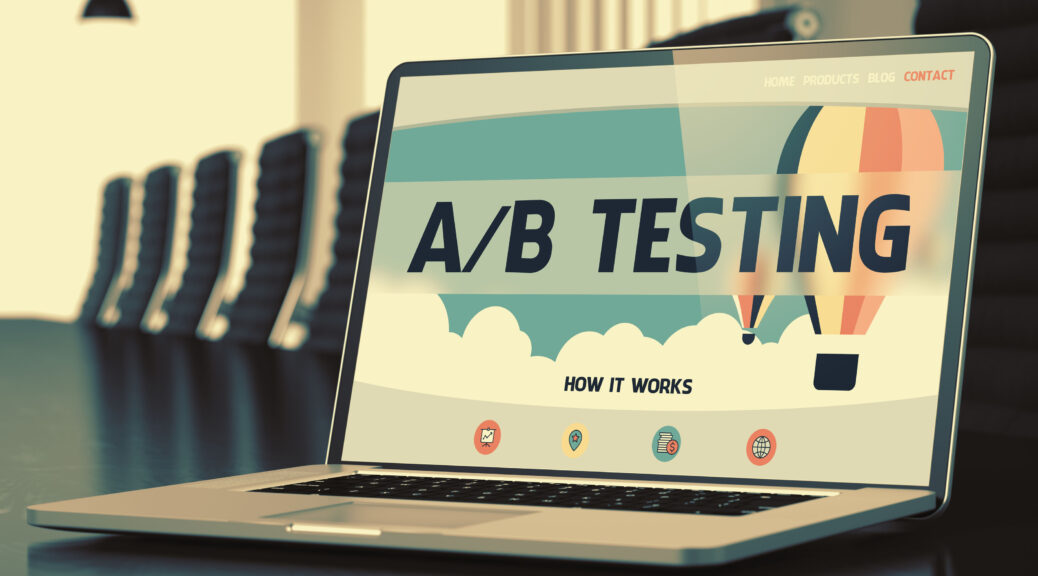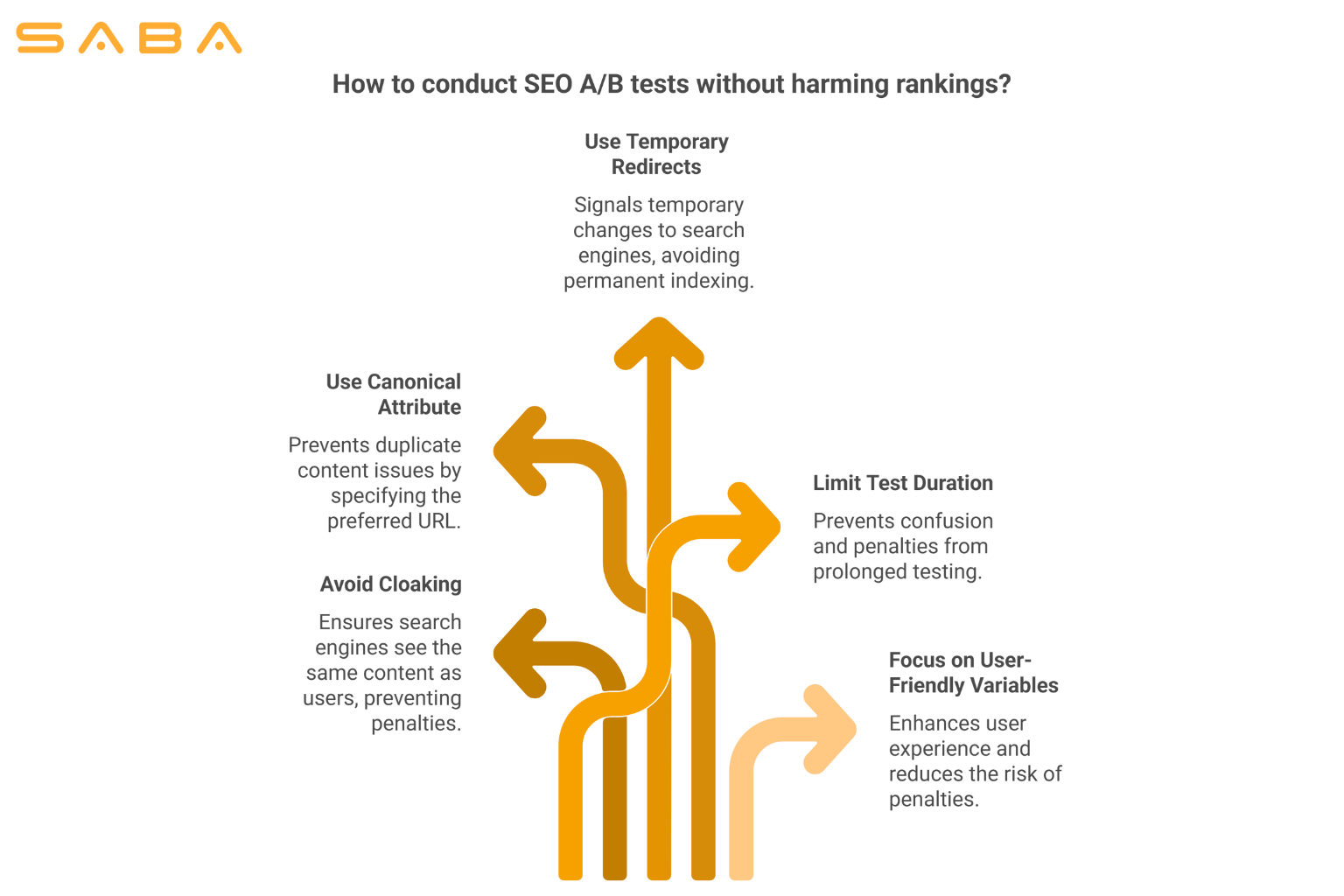How Can You Run SEO A/B Tests without Hurting Rankings?

Improving SEO for your company website often involves running tests to see what changes have the biggest impact. When SEO professionals conduct A/B testing, they create variables they implement in multiple versions of landing pages at the same time. Sending users to the different versions of the same page makes it possible to measure metrics such as conversion rates. If a test reveals a page has a higher metric that’s being tested, that change is clearly the winner.
When it’s done correctly, A/B testing shouldn’t harm your SEO rankings. But making a few simple mistakes could send unintended negative signals to search engines. Below, the experts at Saba SEO, a premier San Diego SEO company, offer this guide to make it possible to generate the data you need for making SEO changes without tanking your rankings.
Avoid Cloaking
Having your company website flagged for cloaking can have devastating effects on its rankings. Google and the other search engines penalize websites that appear to engage in this practice, which involves showing bots differing content from what the typical human user sees. Since Google supports A/B testing geared toward improving the user experience, it even offers its own tool to create page variations. Whether you choose to use their Optimize tool or a different one, making sure the search engines see the same content as users prevents appearing to be cloaking.
Put a Canonical Attribute on the Variant Page
A canonical attribute is an element included in HTML that lets the search engines know which page is the preferred one when there are multiple URLs hosting similar content. Since duplicate content can lower SEO rankings, this step can prevent sudden changes in your website’s status. Making sure search engine bots know which page has value for being indexed further helps you track the impact of the variables you include in the tests.
Use a Temporary 302 Redirect
Using a 302 or JavaScript redirection makes it clear to Google and other search engines that the modification of your site is temporary. If you choose to use a 301 redirect, they’ll consider the changes permanent and index them accordingly. Until you’re certain which variable will remain in the landing pages, it’s best to ensure any redirects are kept in a temporary status.
Only Run Tests as Long as Necessary
Prolonged testing can confuse search engines and cause them to penalize your pages for making attempts to deceive their systems. This is especially common when the A/B testing involves showing a single variation to a large number of visitors. Once you receive as much statistical information as you need to make an informed decision, stop the testing and make the preferred changes permanent.
Focus on Testing User-Friendly Variables
Search engines are far less likely to penalize changes meant to enhance the user experience. Testing variables that improve navigation, readability, and engagement is less likely to generate penalties compared to changes that could appear spammy, such as keyword stuffing. Since user-friendly changes are also more likely to drive results, this strategy is a win for everyone.If you’d like more information on how to perform SEO A/B tests, call on the specialists at Saba SEO. As an industry-leading San Diego SEO company, we have more than two decades of experience in search engine optimization, website design and development, and social media marketing. To learn more about how we can help you enhance your overall SEO strategy, reach out to us today.




